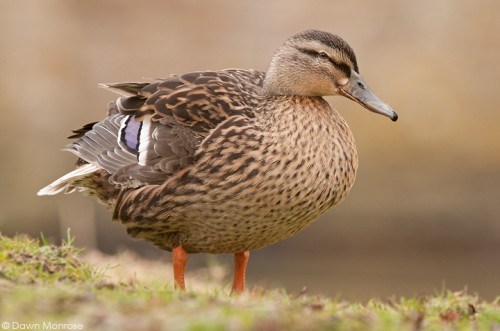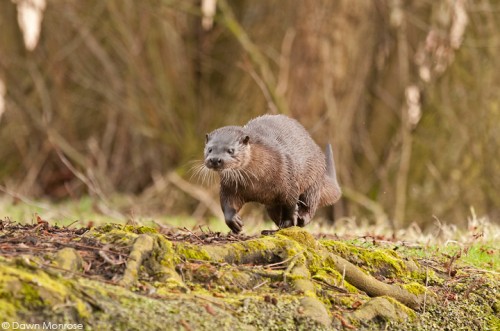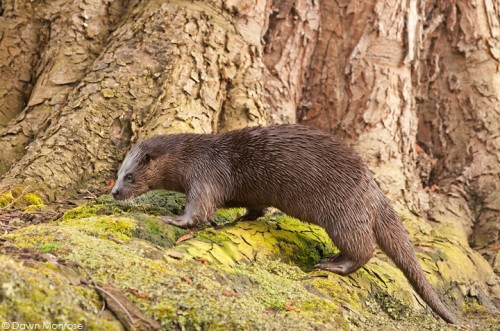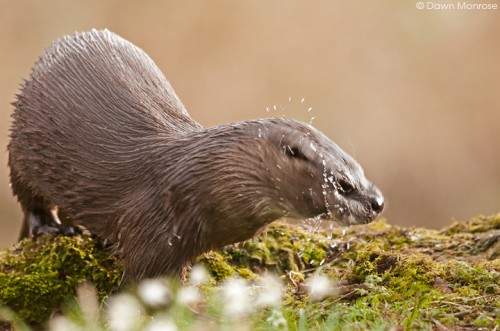Otters
Had a brilliant morning with the Otters, but first, a word to photographers planning to visit this location. If you are not aware of the Nature Photographers Code of Conduct, then please read it thoroughly HERE. This is the code of practice by which all nature photographers must abide, to protect the wildlife we love to photograph, and to protect ourselves as ethical photographers. The welfare of the subject is more important than the photograph.
Photographers please have respect for this location and your fellow photographers and wildlife watchers. Normal social rules and etiquette still apply – keep your distance and be patient. Do not muscle in on someone else’s photos – you don’t want to get exactly the same images as them anyway, do not get in the way of people watching, and do not chase the otters relentlessly up and down the river. The best photos can be achieved by sitting quietly and waiting for them to come to you. Please do not leave litter or disturb or annoy the local people.
Finally, and I cannot stress this final point enough: PLEASE DO NOT FEED THE OTTERS. I have read online and witnessed some people feeding them – this is wholly unethical. Not only does this put the river system and otters at risk of ill health and disease (you do not know what parasites and bacteria might be present on the food), you are also endangering the otters lives. Feeding them encourages them to associate humans with food – but the otters cannot tell the difference between a person with a camera and a person with a gun. You are also putting yourself at risk of being bitten – otters have an extremely powerful bite (remember Terry Nutkins had part of two fingers removed by an otter) and again this puts the otters at risk of persecution. Imagine if one were to bite a child. The otters have already suffered a lot of bad publicity and despite the fact they are fully protected by law, there is still a small minority of people that wish them harm. Please give these wild animals the respect they deserve.
If everyone can behave responsibly and sensibly, then we will all be able to enjoy the presence of these very special creatures.
Now to the photos. An early start again this morning with a lovely companion, who really wanted to see the Otters. Sitting quietly by the river we observed some of the other river wildlife, including Grey Wagtail, Kingfisher and the long staying Black-bellied Dipper. After a long wait we were rewarded as the dog otter drifted gently past. He surfaced and dived, moving up river, so we gave him some space and then followed along behind. We had some fantastic views of this magnificent animal, and then as two other photographers joined us, we were able to watch him hunting. In the clear water we could see him below the surface, twisting his powerful body in the current, a curtain of silvery bubbles rising from his fur. An amazing experience.
There’s plenty of wildlife here to photograph:
Later, after the male Otter went off to bed, we took a stroll along the river. Ahead on the path a chap was standing with a video camera, so we held back, and then noticed an Otter on the path right in front of him – amazing! This time it was a female, and she was clearly on a mission heading downstream, moving very quickly. We circled around and set up to wait for her to appear, but instead of swimming along in the river as I expected, she was running along the bank. A delightful sight with as tail held high, she bounded and bounced along.
We moved back to where the other photographers had set up and warned them she was on her way. We all waited in anticipation, and she didn’t disappoint, giving us some wonderful views.
An incredible experience once again with these beautiful animals, and also again, a great group of friendly people.
Further reading:
The Nature Photographers Code of Practice
Nature Photographers Network – Code of Conduct
The International Otter Survival Fund – Otter press release
The Mammal Society – Otter factsheet
Elliot Neep – How to photograph otters (Based on coastal otters, but much is relevant to river otters.)
Otters are strictly protected by the Wildlife and Countryside Act (1981) and cannot be killed, kept or sold (even stuffed specimens). They are given full protection under Schedule 5 of the Wildlife and Countryside Act – the restrictions on photographing otters at their places of shelter are exactly the same as those for nesting birds, meaning it is an offence to disturb them at their holt.
(Click images to view larger…)
If you like what you see, please consider sharing![social_share/]







Great pictures again and a lovely description of an amazing morning by the river.
Amazing images. So much detail in the otter’s coat! Fabulous. AJ
Great pictures & narrative. Also a timely reminder for all wildlife photographers of the code of practice.
Rob & Jan
Hi Dawn, Good to meet up with you last week. Fully agree with your comments re- wildlife paparazzi; felt uncomfortable (probably for the Otters as well as me);interesting that pro/semi-pro photographers there only seemed to hav one purpose in mind : get the picture! Then a bit later even more photographers arrived and it was more like a rugby scrum, so time to leave!! Brian